Introduction: The Intriguing World of Birds with Orange Beaks

Birds exhibit a remarkable diversity, including a wide range of beak shapes and colors. Among the captivating array of beak colors, the vibrant hue of orange stands out, capturing the attention of bird enthusiasts and researchers alike.
So, what bird has an orange beak? Several species boast this striking feature, from the iconic toucan with its large, vivid beak to the delicate black skimmer with its slender, bright orange bill. The presence of orange beaks in certain bird species raises intriguing questions about their evolutionary significance and ecological interactions.
Bird beaks are not merely tools for feeding; they play a vital role in species identification and provide valuable insights into a bird’s habitat and behavior. By studying the diverse beak colors and associated adaptations, scientists can gain a deeper understanding of evolutionary processes and the ecological dynamics of bird populations.
In this article, we embark on a captivating journey to explore the enchanting world of birds with orange beaks. We will delve into the different types of birds that exhibit this vibrant feature, uncover the nutritional needs and behaviors associated with their beak color, and investigate the reasons why orange beaks have captivated human fascination. Furthermore, we will examine the conservation efforts in place to protect these magnificent birds and provide actionable steps for readers to contribute to their preservation.
Join us as we unravel the mysteries behind the orange beaks of these avian wonders and discover the beauty and significance that lie within this vibrant aspect of bird diversity.
Types of Birds With Orange Beaks
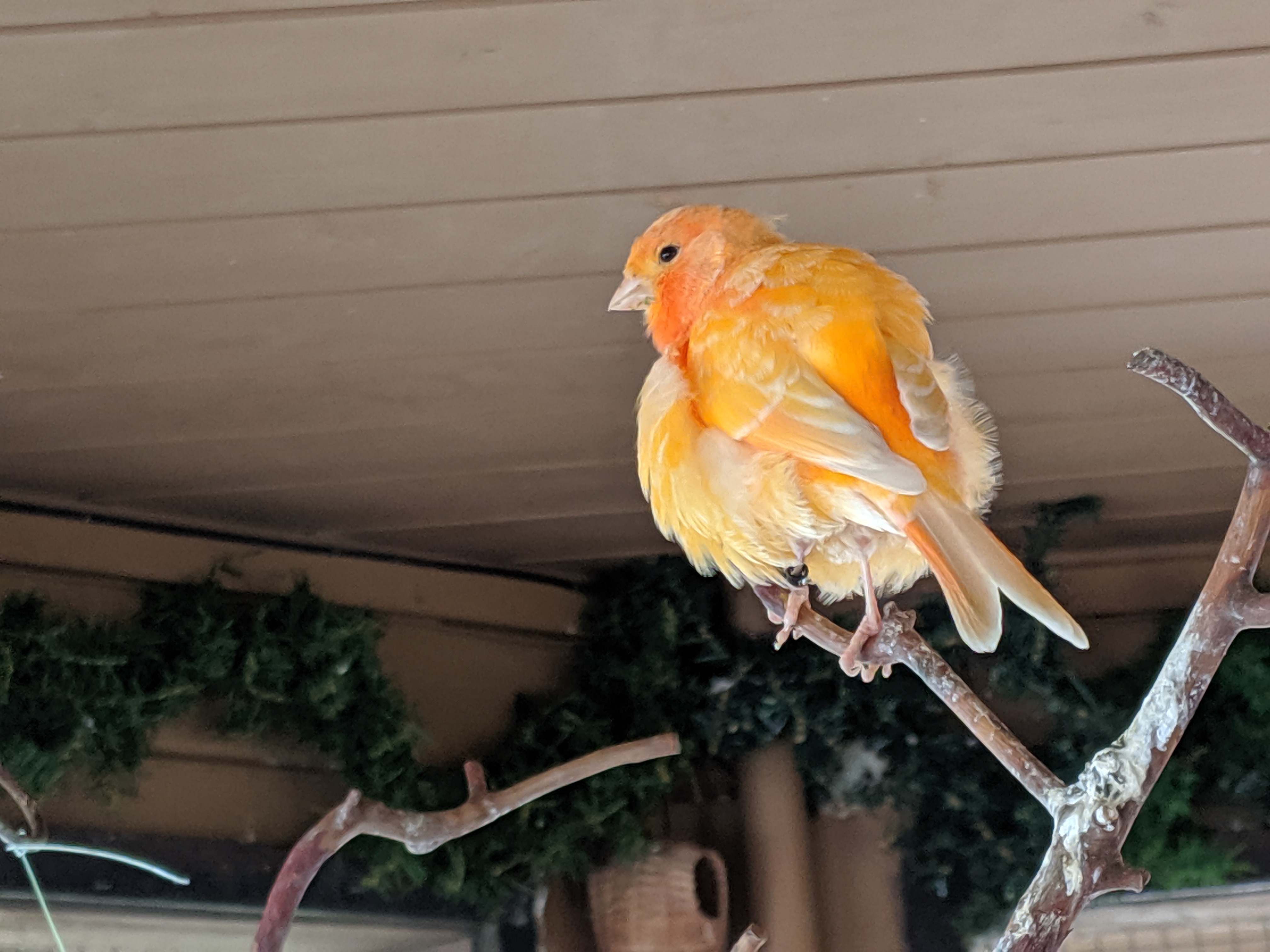
Birds with orange beaks exhibit a captivating and vibrant feature that sets them apart in the avian world. Let’s explore some of the fascinating species that showcase this distinctive characteristic.
Toucan (Ramphastidae family)
Toucans are renowned for their large, colorful beaks that come in various shades of orange, yellow, and green. These striking birds primarily inhabit the tropical rainforests of Central and South America. Their beaks, often longer than their bodies, serve multiple purposes, including gathering and manipulating food, reaching fruits on branches, and regulating body temperature.
Atlantic Puffin (Fratercula arctica)
The Atlantic Puffin is a captivating seabird found in coastal regions of the North Atlantic. These charismatic creatures flaunt distinctive black and white plumage, complemented by a vibrant orange beak. During the breeding season, the beak becomes even more vividly colored, serving as an essential visual cue in courtship displays and mate selection.
American Oystercatcher (Haematopus palliatus)
The American Oystercatcher is a medium-sized shorebird that inhabits coastal areas across the Americas. Notably, these birds possess a long, thick, and brilliantly orange beak. The beak’s slightly curved and pointed design is specifically adapted for prying open mollusks and feeding on marine invertebrates.
Black Skimmer (Rynchops niger)
The Black Skimmer is a remarkable bird known for its unique feeding behavior and distinct appearance. Predominantly found in coastal regions worldwide, these birds exhibit a bold black and white coloration. The Black Skimmer’s beak features a vibrant orange coloration at the base, allowing it to skim the water’s surface with its lower mandible, catching small fish and invertebrates in its bill.
These are just a few examples of birds that boast orange beaks, each with its own scientific name and habitat. The vibrant hue of their beaks not only adds to their visual appeal but also serves various functional purposes, including feeding, courtship, and species recognition.
Nutritional Needs of Birds With Orange Beaks
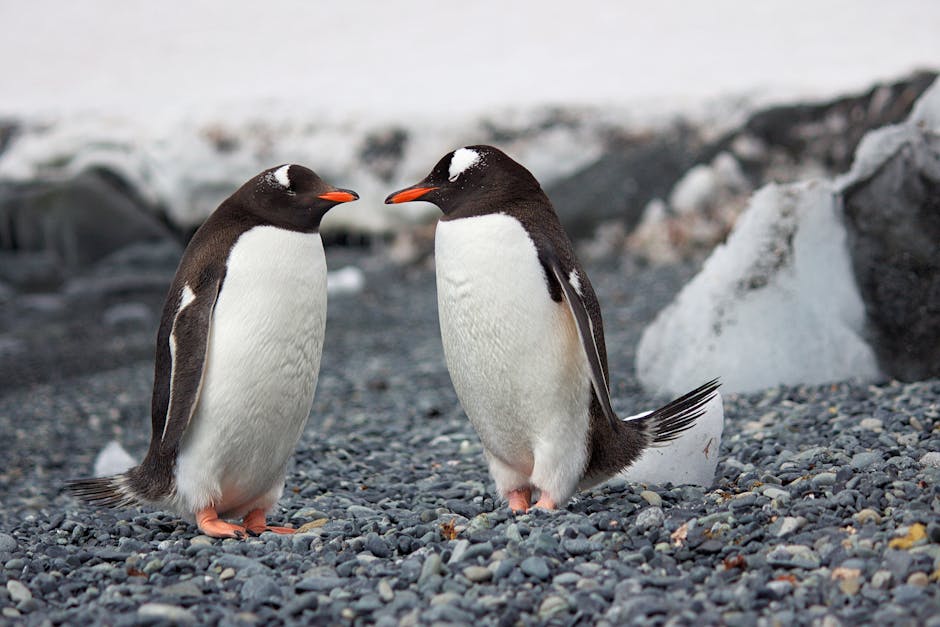
Birds with orange beaks have specific nutritional needs to maintain their vibrant beak coloration and overall health. Their diet typically consists of a variety of foods, including fruits, berries, insects, and nectar. Carotenoids, pigments found in certain plants and animals, play a crucial role in the development and maintenance of their orange beaks. Understanding the nutritional needs of these birds is essential for their conservation and well-being.
Birds with orange beaks consume a diverse diet consisting of both plant and animal matter. Fruits and berries provide a natural source of carotenoids and other essential nutrients. Insects and small invertebrates contribute to their overall nutritional balance and help maintain optimal health. Some species of birds with orange beaks also feed on nectar, which serves as a source of energy and may contain trace amounts of carotenoids.
The nutritional needs of these birds can vary throughout the year, depending on seasonal changes and the availability of food. During breeding seasons, their diet may shift to include more protein-rich foods like insects.
Understanding the nutritional needs of birds with orange beaks contributes to their conservation and well-being, as it enables us to provide suitable habitats and promote their survival.
Next section: Behavior of Birds With Orange Beaks
Behavior of Birds With Orange Beaks

Birds with orange beaks engage in fascinating behaviors related to mating, nesting, and parenting, providing a glimpse into their captivating lives.
Mating Habits
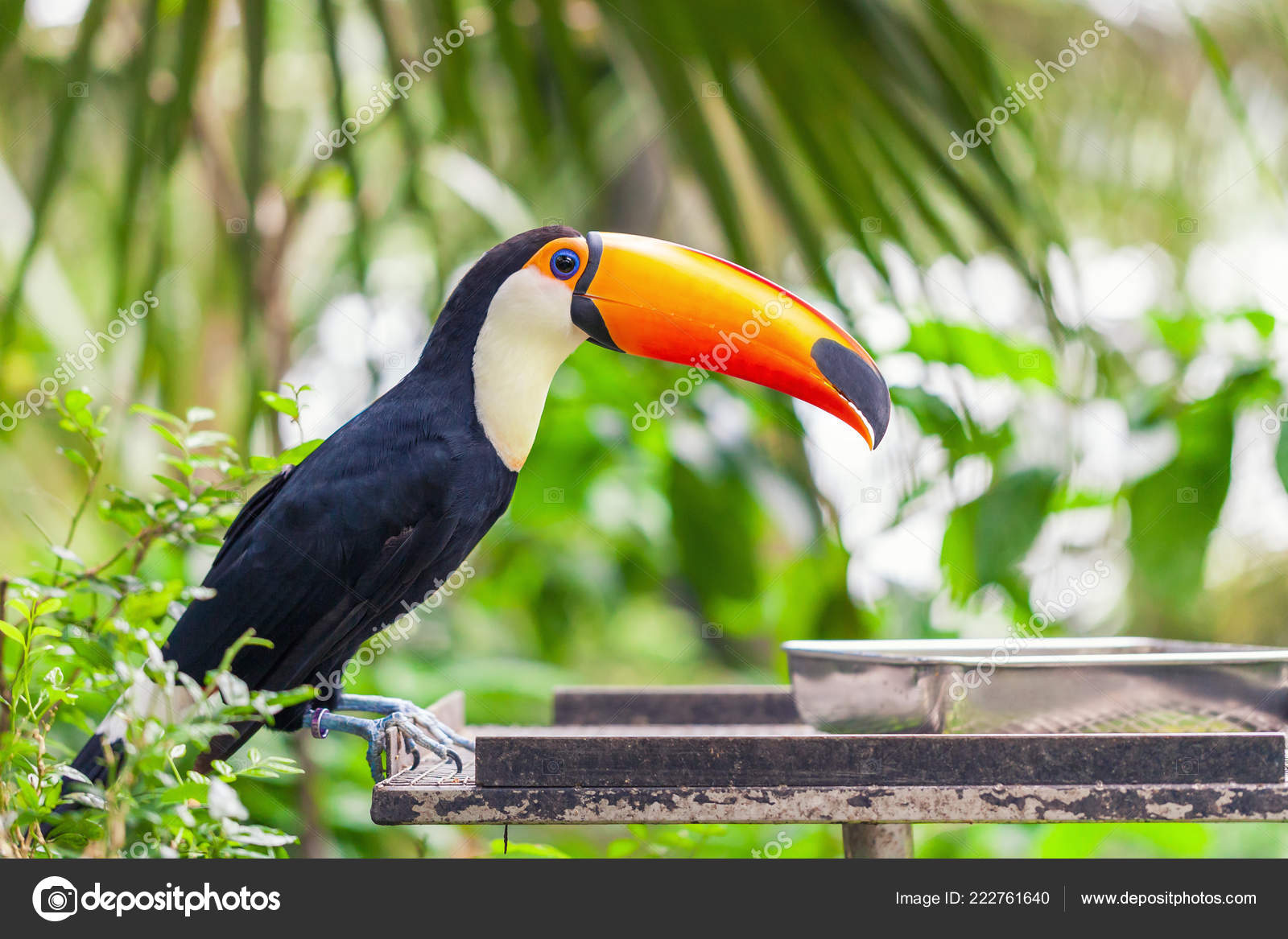
These birds captivate potential mates through elaborate courtship displays. Some use melodic songs or rhythmic calls, while others showcase captivating dances with intricate wing movements and vibrant feather displays. These rituals establish pair bonds and ensure successful breeding.
Nesting Sites
Birds with orange beaks select diverse nesting sites based on predator protection, food accessibility, and construction materials. Some prefer tree nests for safety and stability, while others choose shrubs for camouflage. Certain species adapt their nesting behavior to grasses or even the ground.
Nest Construction
The construction of nests by birds with orange beaks is a remarkable feat of avian architecture. They utilize twigs, leaves, grass, feathers, and mud to create sturdy and comfortable structures. The process involves meticulous weaving to provide insulation and protection for their precious eggs.
Incubation and Parental Care
Both male and female birds share the responsibility of incubating the eggs. While one bird remains on the nest, the other forages for food. This cooperative effort ensures proper development and survival. After hatching, dedicated parental care continues, with feeding and safeguarding from potential threats.
Feeding Habits
Birds with orange beaks exhibit diverse feeding strategies based on dietary needs and food availability. They forage on the ground for insects, probe flowers for nectar, or dive into water bodies to catch fish. The vibrant color of their beaks may aid in attracting prey or aiding in food gathering.
Understanding the behavior of birds with orange beaks unveils a captivating world of courtship rituals, nest-building ingenuity, and dedicated parental care. These behaviors contribute to the survival and propagation of these remarkable birds, enriching our appreciation for the natural wonders that surround us.
Reasons for the Color of Orange Beaks
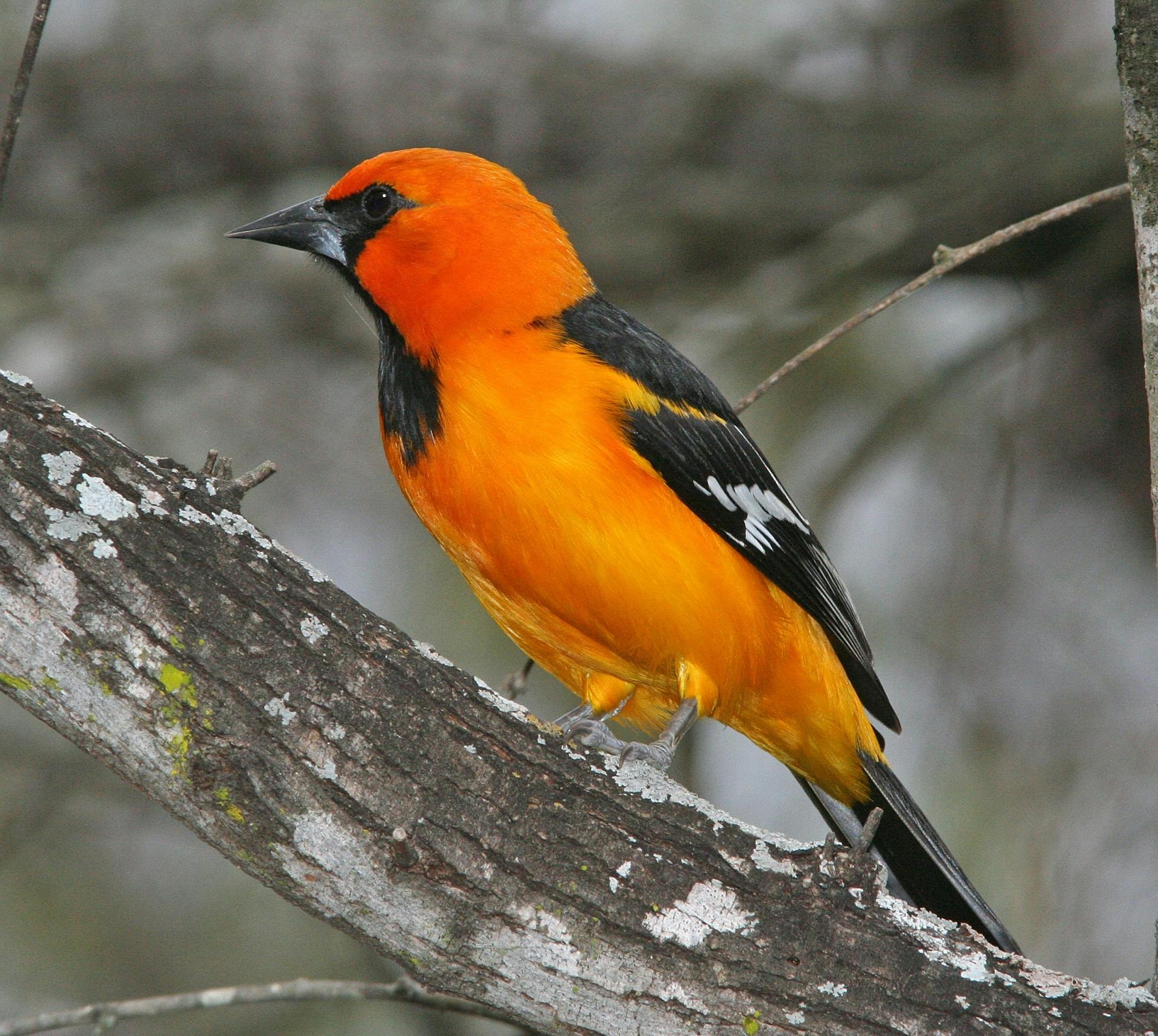
The vibrant orange color of a bird’s beak serves important purposes in their lives, providing insights into its evolutionary and ecological significance.
Pigmentation and Carotenoids
Carotenoids, organic compounds found in various plant materials, contribute to the orange color of bird beaks. Birds acquire carotenoids through their diet, primarily from fruits, vegetables, and other plant sources. These pigments become deposited in feathers, skin, and beaks, resulting in the striking orange color.
Attraction and Health Signaling
Bright orange beaks can serve as visual signals of an individual’s health, diet quality, and genetic fitness. Carotenoids possess antioxidant properties that promote good health. Birds with bright orange beaks may be perceived as more attractive to potential mates, reflecting their ability to acquire high-quality food resources and maintain robust health.
Sexual Selection
In certain bird species, the vibrant orange color of the beak plays a role in sexual selection. Females often prefer males with more intense or brighter colored beaks, believing they possess superior genetic quality or are better providers for offspring. This preference exerts strong selection pressures, leading to the evolution and maintenance of this trait in specific bird populations.
Species Identification
The distinct orange coloration of a bird’s beak aids in species identification and recognition. Many bird species possess unique beak colors and shapes, which assist in distinguishing between different species. Birdwatchers and researchers use the vibrant orange hue as a key characteristic for accurate identification and classification.
The reasons behind the color of orange beaks extend beyond aesthetics. Carotenoids, health signaling, sexual selection, and species identification contribute to the evolutionary and ecological significance of this captivating trait. Understanding these reasons deepens our appreciation for the marvels of nature and the intricate adaptations that shape the avian world.
Popularity of Birds With Orange Beaks
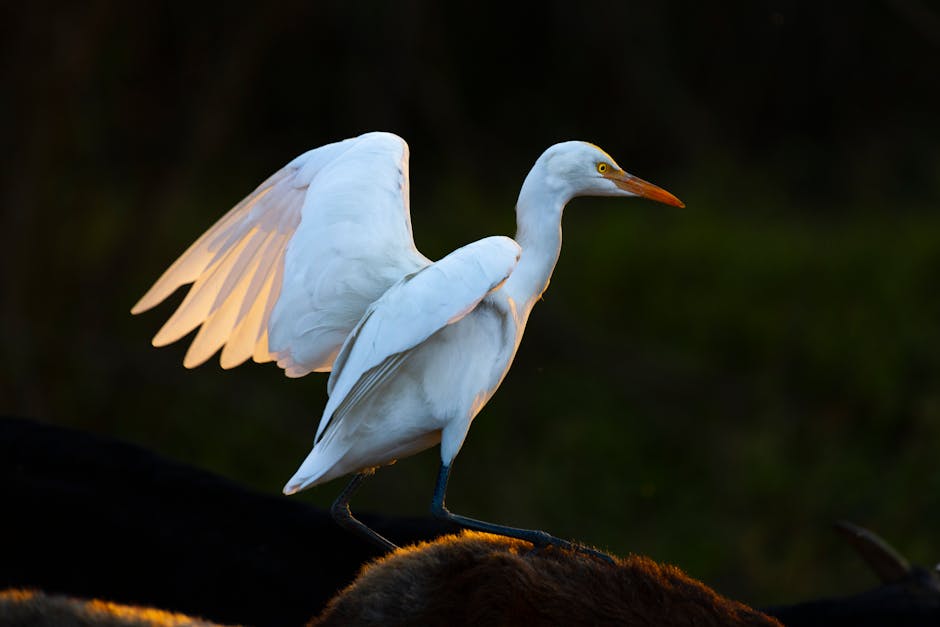
Birds with orange beaks have captured the hearts of bird enthusiasts and casual observers alike. Their vibrant appearance and unique coloration make them visually appealing and captivating. Here’s why these birds have become so popular:
Aesthetic Appeal

The striking contrast of the orange beak against the bird’s feathers adds a splash of color, making them visually stunning. Photographers and artists are drawn to their distinctiveness, making them favorite subjects for creative endeavors.
Exotic and Tropical Connection
Many species of birds with orange beaks hail from tropical regions, adding an exotic element to their popularity. The allure of encountering these birds in their natural habitat invokes a sense of adventure and fascination.
Symbolism and Positive Associations
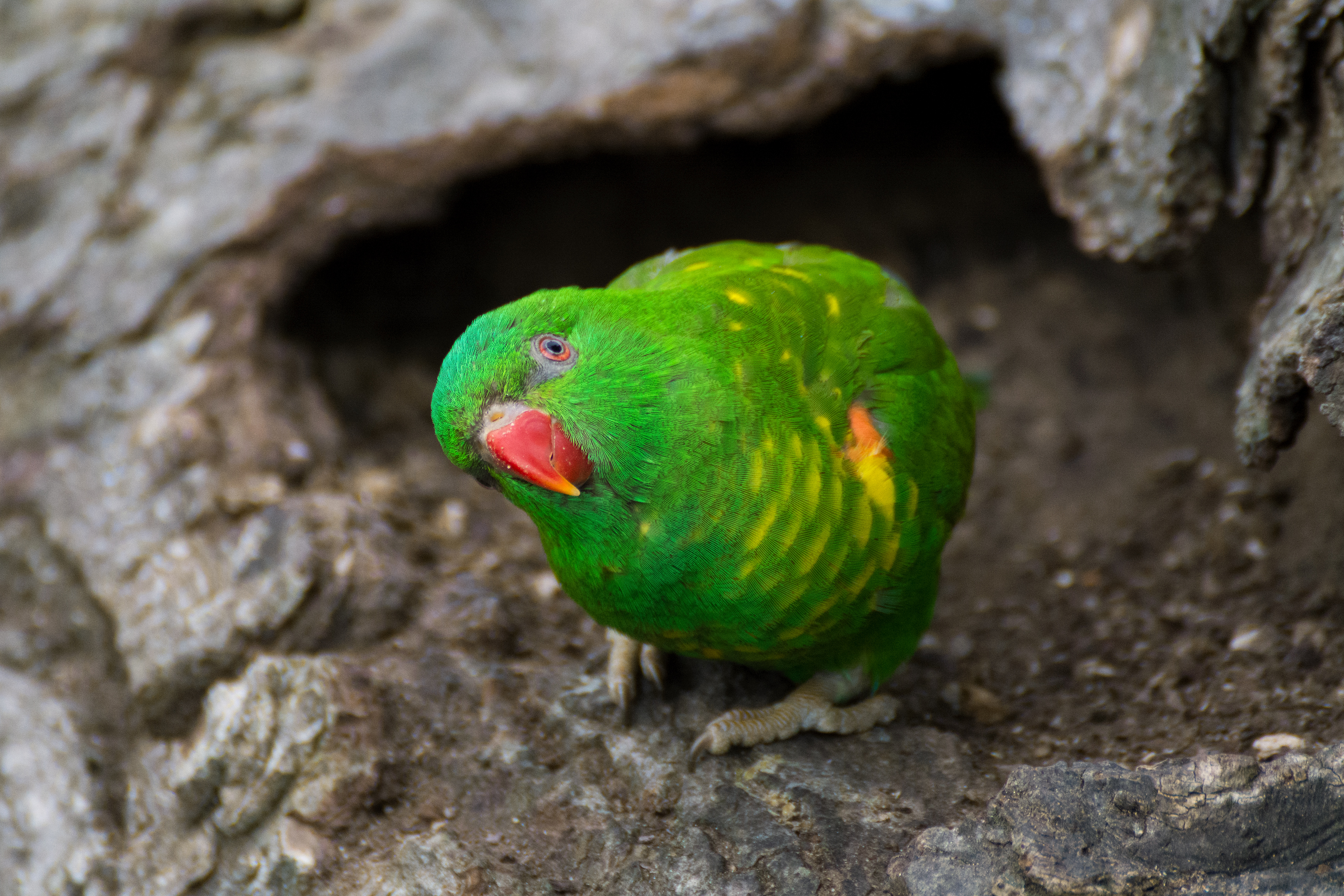
The color orange symbolizes warmth, energy, and enthusiasm, which contributes to the attraction these birds hold. Their vibrant beaks evoke feelings of joy, vitality, and optimism, creating a positive association.
Ease of Identification
The orange beak serves as a visual cue, making it easier for birdwatchers to spot and recognize these specific species. The distinctiveness of the orange beak against the bird’s plumage adds excitement to birdwatching.
Fascinating Behaviors

Birds with orange beaks exhibit captivating behaviors, such as elaborate courtship displays, unique feeding techniques, and melodious songs. These behaviors provide endless opportunities for observation and study, further enhancing their appeal.
Iconic Representatives
Species like toucans and hornbills, with their large and distinctive beak shapes, have become iconic representatives of their habitats. They captivate the imagination of a broader audience beyond bird enthusiasts.
Diverse Range of Species
Birds with orange beaks can be found across various bird families, offering a wide range of options for admiration and study. From vibrant orioles to majestic puffins and charismatic parrots, the diversity of species provides endless fascination.
The popularity of birds with orange beaks continues to grow due to their aesthetic appeal, association with exotic habitats, positive symbolism, ease of identification, captivating behaviors, iconic status, and diverse range of species. As more people discover the beauty and intrigue of these birds, their popularity is likely to endure, drawing new individuals into the world of avian appreciation.
Conservation Efforts for Birds With Orange Beaks
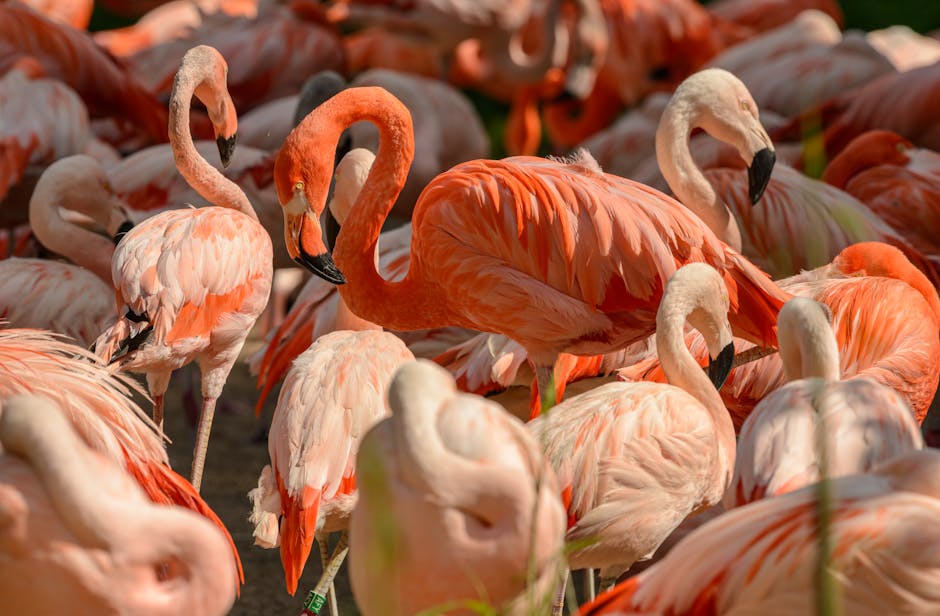
Birds with orange beaks, such as the Atlantic puffin and the European golden plover, are charismatic and iconic species that face various threats to their survival. Conservation efforts are crucial in protecting these birds and their ecosystems.
Habitat Preservation
Preserving and restoring their natural habitats, including nesting areas, breeding grounds, and foraging habitats, is a primary conservation effort. Protecting coastal areas, wetlands, and other crucial ecosystems where these birds reside is essential for their long-term survival.
Invasive Species Control
Invasive species compete for resources, prey on eggs or nestlings, and alter habitats, posing a significant threat to birds with orange beaks. Conservation organizations work to control and eradicate invasive species through targeted management strategies, mitigating their negative impacts.
Climate Change Adaptation
Birds with orange beaks rely on specific environmental conditions and seasonal patterns for breeding, migration, and feeding. Conservationists study the effects of climate change on these species and implement measures to help them adapt. Creating protected areas and promoting sustainable land management practices are crucial steps in preserving their habitats.
Public Awareness and Education
Raising awareness about the importance of conserving birds with orange beaks is vital for their protection. Conservation organizations, birding societies, and educational institutions play a significant role in educating the public about these birds’ ecological significance and the threats they face. Public outreach programs and educational materials foster a sense of stewardship and encourage individuals to take action.
By prioritizing habitat preservation, controlling invasive species, addressing climate change challenges, and raising public awareness, conservation efforts can make a significant impact in safeguarding the future of birds with orange beaks. It is through collective action and a shared commitment to conservation that we can ensure these vibrant and captivating birds continue to grace our ecosystems for generations to come.
Conclusion


Birds with orange beaks are not only fascinating creatures but also important indicators of ecosystem health. Understanding their diverse species, habitats, and the reasons behind their beak coloration deepens our appreciation for the intricate connections between these birds and their environment.
Conservation efforts are crucial to protect birds with orange beaks from threats such as habitat loss, invasive species, and climate change. Through habitat preservation, invasive species control, climate change adaptation, and public awareness initiatives, we can secure the future of these remarkable birds.
As individuals, we can contribute to their conservation by supporting organizations dedicated to bird conservation, participating in citizen science projects, and advocating for policies that prioritize the protection of their habitats. Together, we can make a difference and ensure that birds with orange beaks continue to enrich our natural world with their vibrant presence.
Conclusion
In this blog post, we embarked on a captivating journey into the world of birds with orange beaks. We discovered a diverse array of species, each with its own scientific name and unique habitat. From the vibrant Toucan to the striking American Oystercatcher, these birds never fail to captivate us with their colorful beaks.
We delved into their nutritional needs, uncovering the specific foods that contribute to their health and vibrant plumage. Additionally, we explored their fascinating behaviors, including intricate mating rituals and the careful selection of nesting sites.
The orange coloration of their beaks serves multiple purposes, from attracting mates to signaling dominance within their species. Witnessing the evolution of such vivid beak colors is truly remarkable.
Birdwatchers and nature enthusiasts alike have been drawn to the allure of birds with orange beaks. Their vibrant appearance and captivating behaviors make them a joy to observe and learn about. They enrich the natural world and inspire a sense of wonder in us.
However, we must recognize the urgent need for conservation efforts to protect these remarkable birds. Habitat destruction and climate change pose significant threats to their survival. Taking action to safeguard their habitats, supporting conservation organizations, and promoting awareness of their conservation needs are crucial steps we must take.
In conclusion, our exploration of birds with orange beaks has offered valuable insights into their captivating characteristics, behaviors, and ecological significance. We encourage you to continue your journey of discovery by exploring additional resources on these fascinating creatures. Engage in birdwatching, participate in citizen science projects, and share your newfound knowledge with others. Together, we can contribute to the preservation of these remarkable birds and ensure their presence in our world for generations to come.
Frequently Asked Questions
What bird has an orange beak?
The bird species that have orange beaks include the toucan, Atlantic puffin, American oystercatcher, and black skimmer, among others. These birds exhibit a vibrant orange coloration in their beaks, which serves various purposes such as feeding, courtship, and species identification.
Why do birds have orange beaks?
Birds have orange beaks as a result of pigmentation caused by carotenoids, organic compounds found in their diet. Carotenoids contribute to the orange coloration of the beaks and are acquired through the consumption of fruits, vegetables, and other plant sources. The bright orange color of the beaks can serve as a visual signal of good health, diet quality, and genetic fitness, playing a role in attracting mates and ensuring successful breeding.
What do birds with orange beaks eat?

Birds with orange beaks have diverse diets that typically include fruits, berries, insects, and nectar. The consumption of these foods provides the necessary carotenoids and other essential nutrients that contribute to the development and maintenance of their orange beaks. Some species may also consume small invertebrates, fish, or other food sources depending on their specific ecological niche and dietary needs.
Where can I find birds with orange beaks?
Birds with orange beaks can be found in various habitats around the world. Toucans are primarily found in the tropical rainforests of Central and South America. Atlantic puffins inhabit coastal regions of the North Atlantic. American oystercatchers are found in coastal areas across the Americas, and black skimmers can be found in coastal regions worldwide. It is important to research specific bird species and their habitats to determine where they can be observed.
How can I help conserve birds with orange beaks?
To help conserve birds with orange beaks, you can contribute to their preservation in several ways. Support organizations dedicated to bird conservation through donations or volunteering. Participate in

Leave a Reply